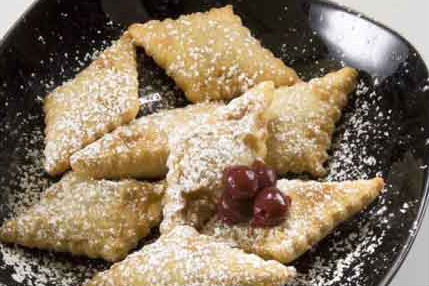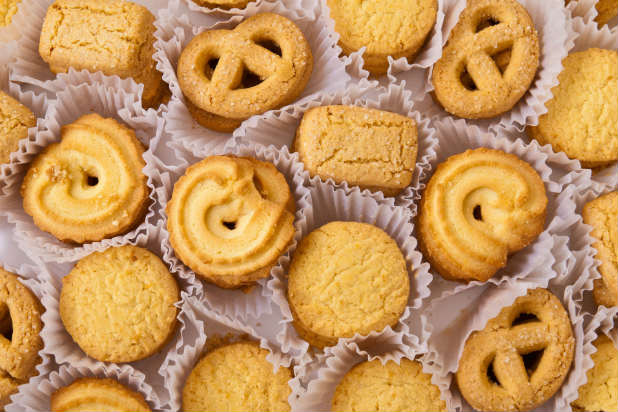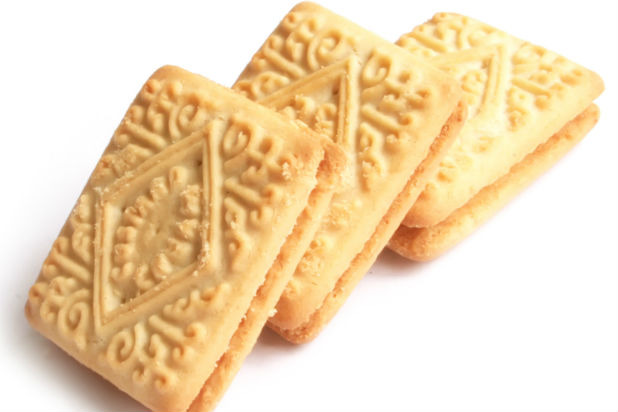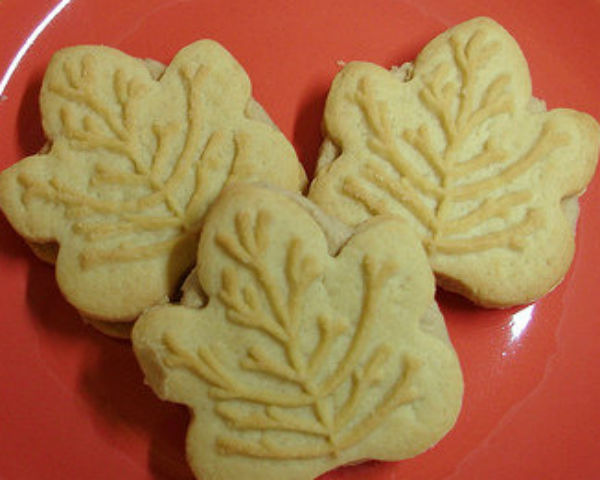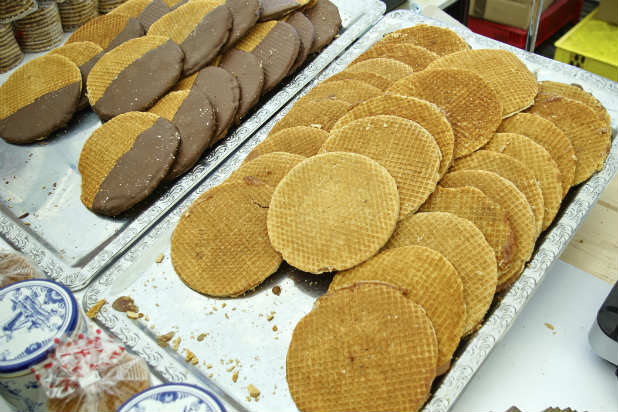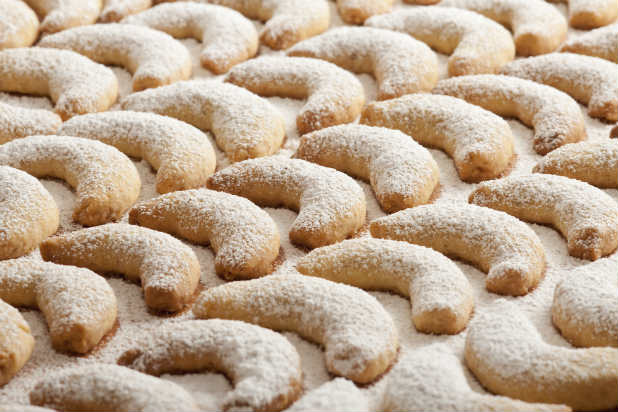What Cookies Look And Taste Like Around The World (Slideshow)
We may receive a commission on purchases made from links.
This traditional New Zealand cookie is baked with cornflakes and topped with chocolate icing and walnuts, making it soft and rich with a touch of crunchy from the cornflakes. It's uncertain, but the cookie may have been named after the Afgan camaleers and camel trains that played a huge part in exploring and developing the Australian outback from the 1800s to the early 1900s.
Australia and New Zealand: Anzac Biscuit
Originally called a "soldier's biscuit" during World War I, when Australian and New Zealand soldiers' mothers and wives sent the cookies to the troops overseas, the Anzac biscuit, or "bikkie," can be chewy or hard and is made with rolled oats and often coconut and golden syrup. Today, it's known as Australia's national cookie and is baked in April in honor of Anzac Day on April 25.
Hungary: Barátfüle
A triangular dumpling filled with jam and coated with fried bread crumbs, barátfüle was invented by a German chef named Freund, who called the cookie "Freund's filled pockets," according to Krisztina Maksai, author of European Cookies. Today, barátfüle translates to "friend's ear." It's made by cutting the dough into small triangles and boiling it.
Italy: Biscotti
Biscotti, also called cantucci by Italians, traces its origins to Roman times, when it was eaten as nourishment during long journeys and was a diet staple in the Roman army. The twice-baked crunchy cookie can be flavored with nuts, seeds, and fruit and is traditionally dunked in sweet wine. Italians today enjoy biscotti with wine or coffee.
Denmark: Butter Cookie
Generally made with just butter, flour, and sugar, a butter cookie is crisp and can come in all kinds of shapes, including circles, squares, rings, or pretzels, and designs, such as plain, marbled, or checkered. These cookies are made and sold in tin boxes in Denmark and are exported to other countries.
United States: Chocolate Chip Cookie
Originally called a "chocolate chunk cookie," the chocolate chip cookie — a chewy, gooey, and often crunchy cookie made with chocolate chips — was invented in 1937 by Ruth Graves Wakefield, who ran the Toll House Restaurant in Whitman, Mass. Wakefield made an agreement with Nestlé to print the Toll House Cookie recipe on the wrapper of the Semi-Sweet Chocolate Bar. In 1997, the chocolate chip cookie was designated the official cookie of the commonwealth.
United Kingdom: Custard Cream
Mexico: Coyota
A Mexican type of sugar cookie, a coyota is a large and flat cookie, traditionally filled with brown sugar but often containing other fillings, most commonly jamoncillo, a kind of fudge. This cookie is believed to have originated in the 19th century in Sinaloa, Mexico. It's eaten as a dessert or as an evening snack paired with coffee or tea.
Iraq: Kleicha
A kleicha is considered Iraq's national cookie, traditionally served at religious holidays and often given as a gift to neighbors. Made in many forms, it can be shaped like a crescent or rolled and sliced like a Fig Newton or cut into thin circles with no filling. Popular fillings include dates, nuts, coconut, and sesame seeds, and the cookie is usually flavored with cardamom and rosewater.
Greece: Koulourakia
Named for its twisted shape, this golden-brown butter cookie that is flavored with vanilla and sprinkled with sesame seeds can be twisted into shapes such as a figure eight, a hairpin twist, a braided circle, a wreath, a horseshoe, or a Greek letter. It's traditionally eaten on Easter in Greece.
Germany: Lebkuchen/Pfefferkuchen
Called either lebkuchen, meaning "gingerbread," or pfefferkuchen, meaning "pepper cookie," this cookie is softer than the traditional gingerbread cookie. It can be rectangular or round and has a sweet, slightly nutty taste. It's generally made with spices of aniseed, coriander, cloves, ginger, cardamom, and allspice, giving it a spicy aroma, and with nuts, including almonds, hazelnuts, and walnuts, to give it a little crunch. Similar recipes date back to ancient Egypt, but the most well-known variation of the cookie is the nürnberger lebkuchen, first made in Nürnberg. Germany, where it was made into creative shapes and designs and decorated by a professional guild of gingerbread makers, the Lebkuchner Guild.
France: Macaron
The macaron that we know today is a little different from the original Italian macaron: an almond meringue cookie, crisp on the outside and soft on the inside. The Italian macaron came to France in 1533, when the pastry chefs of Catherine de Medici, who were seeking refuge during the French Revolution, earned their housing by baking and selling macarons. French macarons, light and crisp cookies that melt in your mouth, were invented in the 20th century by Pierre Desfontaines Ladurée, who thought to join two meringues and fill them with ganache. Today, macarons come in all kinds of colors and flavors, such as raspberry, pistachio, chestnut, basil lime, and rose and white chocolate — the flavor options are limitless. But the original French macaron combined two almond meringues, filled with chocolate ganache.
Canada: Maple Leaf Cream Cookie
Flavored with maple syrup and shaped like Canada's national symbol the maple leaf, this cream-filled cookie is enjoyed on Canada Day as well as year-round.
Spain: Panellet
Originating from Cataluña, this cookie is traditionally made with ground almonds; formed into balls; rolled in cocoa powder, candied cherries, coconut flakes, or pine nuts; and often flavored with coffee or cinnamon. The cookies are prepared for Dia de Todos los Santos, or All Saints Day, and are often served with moscatel or cava, which is Spanish sparkling wine.
Sweden: Pepparkakor
Similar in taste to a gingersnap cookie, a pepparkakor is made with maple syrup and is traditionally cut into the shape of a star or heart, although other traditional shapes include a pig or a goat. This cookie contains many spices and is extremely thin. A signature Christmas cookie in Sweden, a pepparkakor is hung as an ornament on the Christmas tree. Another Swedish custom is to place a pepparkakor in the palm of your hand and make a wish. Then, using your index finger or thumb of your other hand, tap the center of the cookie. If the cookie breaks into three pieces, your wish will come true. If not, you'll still have a delicious cookie to eat.
Philippines: Puto Seco
This white and fluffy steamed rice cake is a Filipino cookie that is eaten with butter or grated coconut at breakfast.
Netherlands: Stroopwafel
Invented in the town of Gouda sometime in the late 18th century, when it was originally a treat made with crumbs by the poor, stroopwafel, translated as "syrup waffle," is made by combining two round waffle halves, filled with syrup or caramel, and dipping one side in chocolate. It's traditionally eaten with a cup of coffee, tea, or cocoa. Before it's eaten, the cookie is set on top of the hot cup, so that the heat softens it and the filling melts, creating the aroma of cinnamon and nutmeg.
Brazil: Tareco
A hard, golden-brown cookie eaten as an appetizer or as an evening snack, a tareco was invented in the Brazilian state of Pernambuco and was a diet staple in Spanish and British naval fleets during the age of exploration. The cookie was widely popularized by the Brazilian song "Tareco e Mariola" by Flávio Jose.
Austria: Vanillekipferl
Also known as a vanilla crescent, a vanillekipferl is a small, crescent-shaped cookie that is made with ground almonds, walnuts, or hazelnuts, flavored with vanilla and dusted with sugar. The cookie originates from Austria but is served throughout central Europe during Christmas time.
